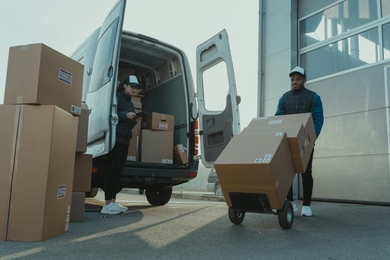CAMBRIDGE, Mass.--A major milestone was achieved in the construction of the world's first levitated dipole experiment. The high-field superconducting ring, which will be magnetically levitated for several hours in a large vacuum vessel, was successfully tested to a total ring current of 1.57 million amperes. Once levitated, the superconducting ring will confine an ionized hydrogen gas, or plasma, at an (electron) temperatures as high as one billion degrees. Scientists will use the floating ring experiment to study the properties of the confined plasma and determine whether larger rings could someday be used to create a source of fusion power.
The Levitated Dipole Experiment (LDX) is a joint research project of Columbia University and the Massachusetts Institute of Technology and sponsored by the U.S. Department of Energy. The first-of-its-kind experiment, now under construction at MIT, required a highly innovative magnet design. The floating coil must be suspended several meters away from the walls of the vacuum vessel and from the external magnets that counter-balance the force of gravity. When this is achieved, the magnetic field of the experiment will resemble the fields of the magnetized planets, like Earth and Jupiter, that confine hot plasma within their magnetospheres.
The floating coil, tested July 20, was designed by the Fusion Technology and Engineering Division of MIT's Plasma Science and Fusion Center. It was made from a single cable of state-of-the-art niobium-tin (Nb3Sn) superconductor over 1.5 km long produced by IGC Advanced Superconductors of Waterbury, CT, and wound into a coil by Everson Electric Company, of Bethlehem, PA. When the floating coil is encased within its custom-built cryostat it will weigh over a half-ton and be about the size of a truck tire.
Additional details of the Levitated Dipole Experiment are available by contacting the principal investigators, Prof. Mike Mauel at Columbia University (212-854-4455) and Dr. Jay Kesner at MIT (617-253-8662), and by viewing the LDX web site.





